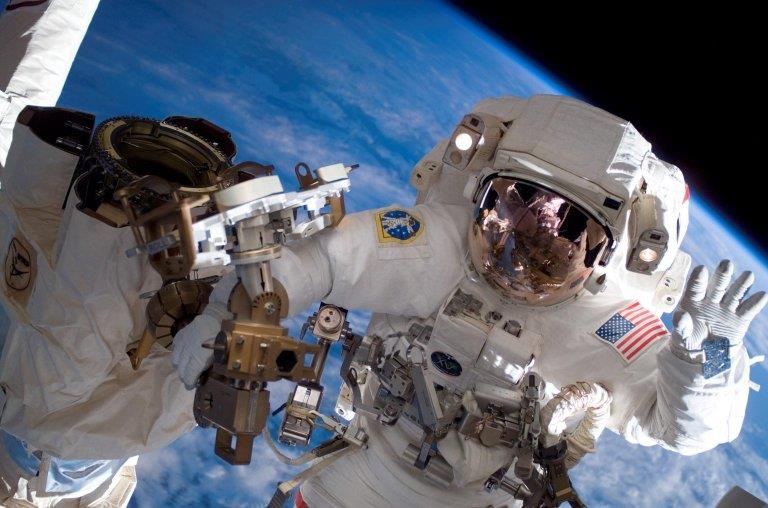
A pair of Project Sidekick’s Microsoft HoloLens was expected to launch on private company SpaceX’s latest rocket on June 28, 2015. Unfortunately, due to “an anomaly,” as NASA called it the HoloLens headset never reached the International Space Station (ISS) . “The astronauts are safe aboard the station and have sufficient supplies for the next several months. We will work closely with SpaceX to understand what happened, fix the problem and return to flight,” according to a NASA statement.The purpose of Microsoft HoloLens, which was first introduced by Microsoft as a part of its Windows 10 launch event, is to help the ISS astronauts virtually whenever the crew members will face difficult tasks and need assistance.
The new developed project which uses commercial technology is expected to increase ISS’s crew efficiency by reducing crew training requirements. “HoloLens and other virtual and mixed reality devices are cutting edge technologies that could help drive future exploration and provide new capabilities to the men and women conducting critical science on the International Space Station. This new technology could also empower future explorers requiring greater autonomy on the journey to Mars,” Director for International Space Station at NASA Headquarters Sam Scimemi said in a statement.
According to NASA, ISS crew members “will test and verify the software and hardware functionality in a standalone mode.” Sidekick’s headsets are going to be used in two different modes of operation: Remote Expert Mode and Procedure Mode.
The Remote Expert Mode will enable ground crew members to better help and give instructions to astronauts on space by using Skype. So far, ground operators and crew members in space have been communicating through texts and verbal instruction. Now both parties will be able to communicate in real time and ground operators will be able to see ‘through the eyes of an astronaut.’ The other mode of operation called Procedure Mode “puts special illustrations on top of objects in the space station, potentially reducing the amount of training needed and helping out astronauts on long missions deep into space where they might not be able to talk to ground control,” according to The Independent.
Another set of Microsoft’s HoloLens devices, which is expected to launch later this year, will be fully used by NASA astronauts by the end of 2015. “Microsoft HoloLens is about transforming the ways you create, connect, and explore," said Alex Kipman, Microsoft's chief evangelist for the HoloLens "Sidekick is a prime example of an application for which we envisioned HoloLens being used - unlocking new potential for astronauts and giving us all a new perspective on what is possible with holographic computing,” Kipman added.
(Picture Source: NASA)